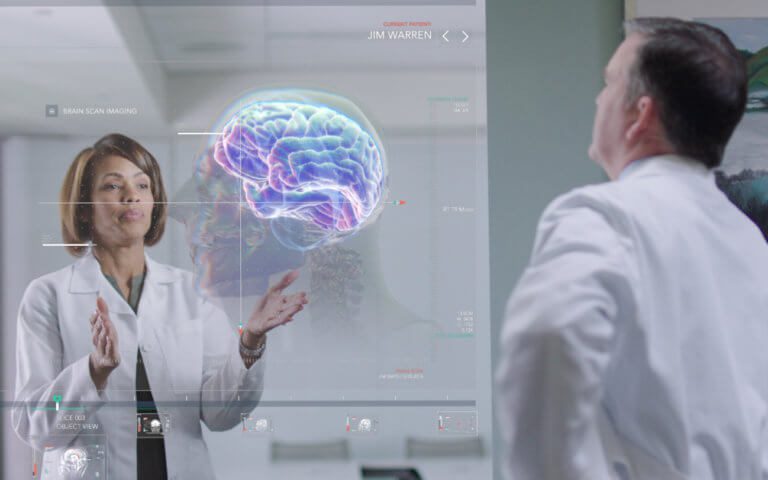Healthcare
Cable’s Role in the Future of Connected Healthcare

A version of this article appeared in S&P Global Market Intelligence in August 2017. You can find the original here.
The connection between cable and healthcare may not be immediately obvious to the casual observer. CableLabs has a vision of the potential future of healthcare in five to ten years’ time that is based on the massive and ubiquitous broadband connectivity that will be available in this time frame. This vision is captured in our video that you can watch at The Near Future Network. After reflecting on this vision, the connection becomes more evident.
Today, in addition to connecting hospitals and clinics, the cable network infrastructure reaches 93% of U.S. homes. This enables cable services to contribute in an increasingly important role in healthcare. Cable operators are able to deliver a cost-effective bundle of broadband, telephone, and television services that meet the connectivity and business needs of hospitals and clinics. In addition to connecting hospitals and clinics, cable companies are offering gigabit speeds to residential customers, completing the connection to the home. Connected healthcare is very important for areas of the country that lack medical resources. For example, GCI, the largest Internet provider in Alaska, is taking the lead in connected healthcare by providing remote Alaskan villages with telemedicine through their ConnectedMD program.
Connecting hospitals and clinics is only the beginning. Remote patient monitoring is becoming an increasingly important aspect in addressing the growing costs of healthcare. The results of a year-long remote patient monitoring pilot from Geneia showed a savings of over $8,000 per monitored patient annually. This kind of remote patient monitoring relies on a robust broadband connection to the home. In September 2015 Cox Communications acquired Trapollo to offer remote patient monitoring significantly reducing the cost of delivering care to patients with chronic ailments. Also in September 2015, Kaiser Permanente announced a pilot of My Pregnancy. A TV app on the Xfinity X1 platform; the app provides timely information for expectant mothers to access clinically validated Kaiser Permanente content.
The demand for healthcare services continues to grow thanks to the reality of an increasing demographic of individuals over the age of sixty-five. Currently, that group makes up 15% of our population, but by 2040 it will be nearly 22%. Coupled with the rising cost of providing healthcare services in hospitals, connected healthcare makes more sense and “cents” than ever. It is well known that treating chronic conditions comprises the highest percentage (as much as 80%) of U.S. healthcare expenditures. Using remote patient monitoring to stay on top of chronic conditions and anticipating potential crises avoids unnecessary ER visits and improves patient outcomes.
Connectivity transcends industries and the issues faced by healthcare are massive, therefore the time for collaboration has arrived. One example of this kind of collaboration with the healthcare industry is cable’s work with the Center for Medical Interoperability (CMI). The West Health Institute study, The Value Of Medical Device Interoperability, estimated that more than $30 billion in annual health care savings could be realized by solving medical device interoperability. CMI was formed to address this problem and is modeled after the CableLabs centralized research and development laboratory. Cable brings its expertise in device interoperability, device security, and certification to the healthcare industry through its participation in CMI’s specification development efforts.
Another example of industry-wide collaboration is our participation in the Open Connectivity Foundation (OCF) which is spearheading network security and interoperability standards for IoT devices. Through OCF, CableLabs and the cable industry is working to increase IoT security to address the associated risks to both the network as well as the privacy of subscribers. CableLabs not only has a board position at OCF, we chair the OCF Security Working group.
The cable industry will have an increasing role in the future of connected healthcare due to their high-capacity, fiber-rich networks that are able to connect patients and providers. CableLabs recognizes this and on April 12th and 13th we produced two back-to-back Inform[ED] Conferences that brought together cable industry technologists with health information management professionals to continue the conversation. Although healthcare IT will become increasingly complex in the future, cable’s solutions are simple, easy to deploy and scalable across the entire healthcare system.
--
Subscribe to our blog to read more about connected healthcare and the innovations we are working on. We hope to inspire the healthcare industry to help us make our vision a reality.



